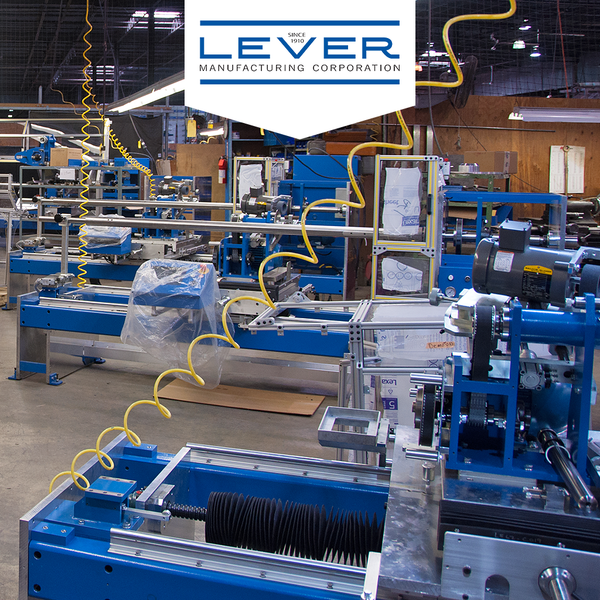
In the manufacturing world, roll slitting refers to cutting a large roll of material into narrower rolls. Common materials that undergo this process include pressure sensitive adhesive tapes, foams, foils, films, textiles, fabric, vinyl, nonwovens, rubber, felt, fiberglass, graphite, cork and leather. There are two basic types of slitting: log slitting and rewind slitting.
Log Slitting (aka Lathe Slitting)
A log slitter treats a roll of material as a whole “log” that gets sliced without an unrolling/re-reeling process. A knife plunges into the roll and slices it in sequence to a required width. The machine is sometimes referred to as a baloney slitter or baloney slicer, as it reminds people of a cold cut slicing machine at a deli. Over the years, log slitting has come to be called lathe slitting. A computer-controlled lathe slitter offers rapid, high-volume production.
Rewind Slitting
In rewind slitting, material is unwound from a master roll (through one or more rollers) before reaching the blades. It is then rewound onto empty recovery cores to form narrower rolls. These narrower strips of material may sometimes be called “mults” (short for multiples) or “pancakes” if their diameter is bigger than their width. Rewind slitters can make multiple cuts simultaneously and rewind onto variable core sizes.
Benefits of Log Slitting vs. Rewind Slitting
Log slitters have the following advantages over rewind slitters:
- Make single cuts very fast
- Easy to set up
- Quick to change logs
- One size core to free up warehouse space
- One person operation
- Can cut adhesive material via wet blade
At Lever Manufacturing Corporation, we focus solely on log slitting machines—specifically automatic single knife lathe slitters—for a superior manufacturing experience. To learn more, contact us today!
